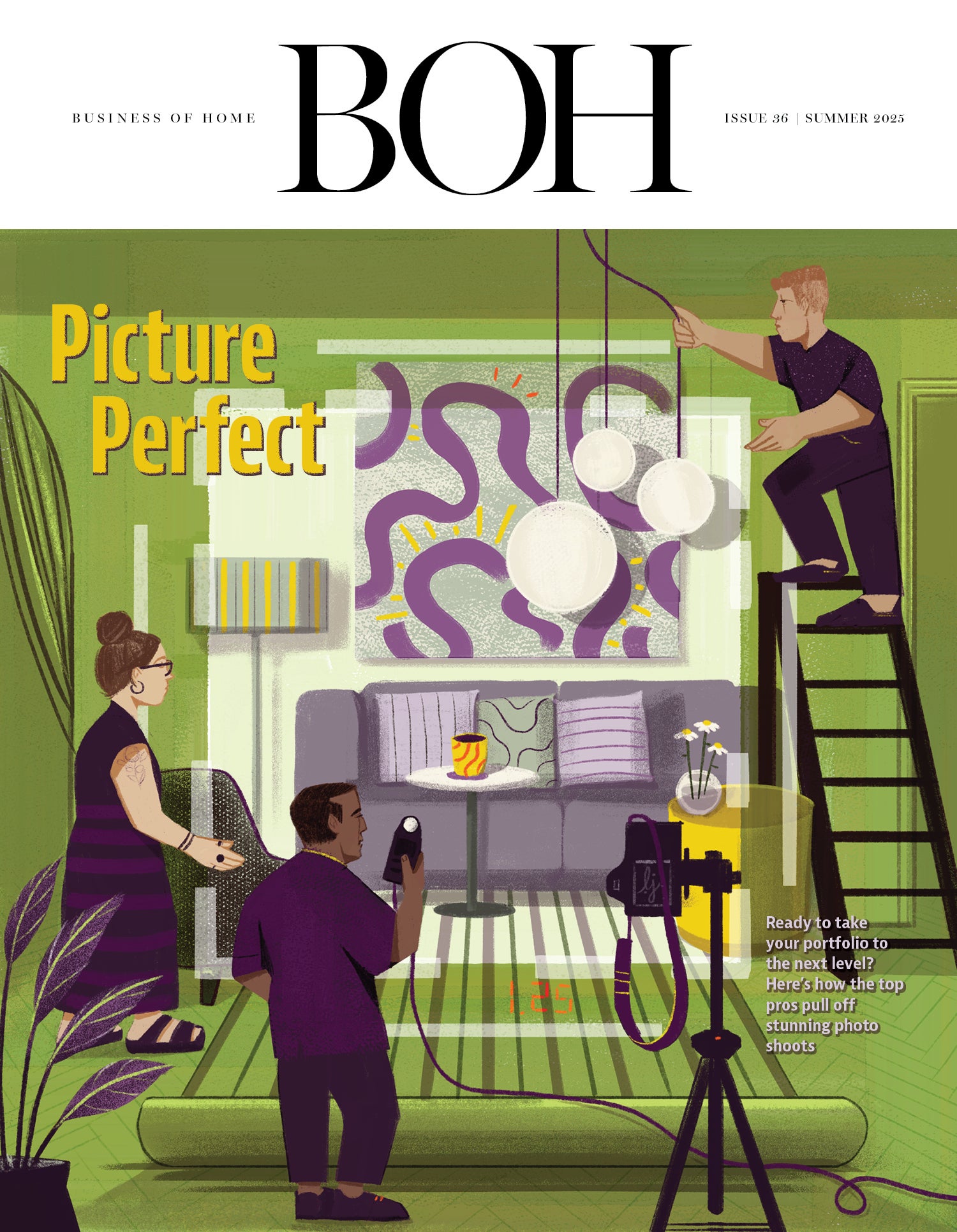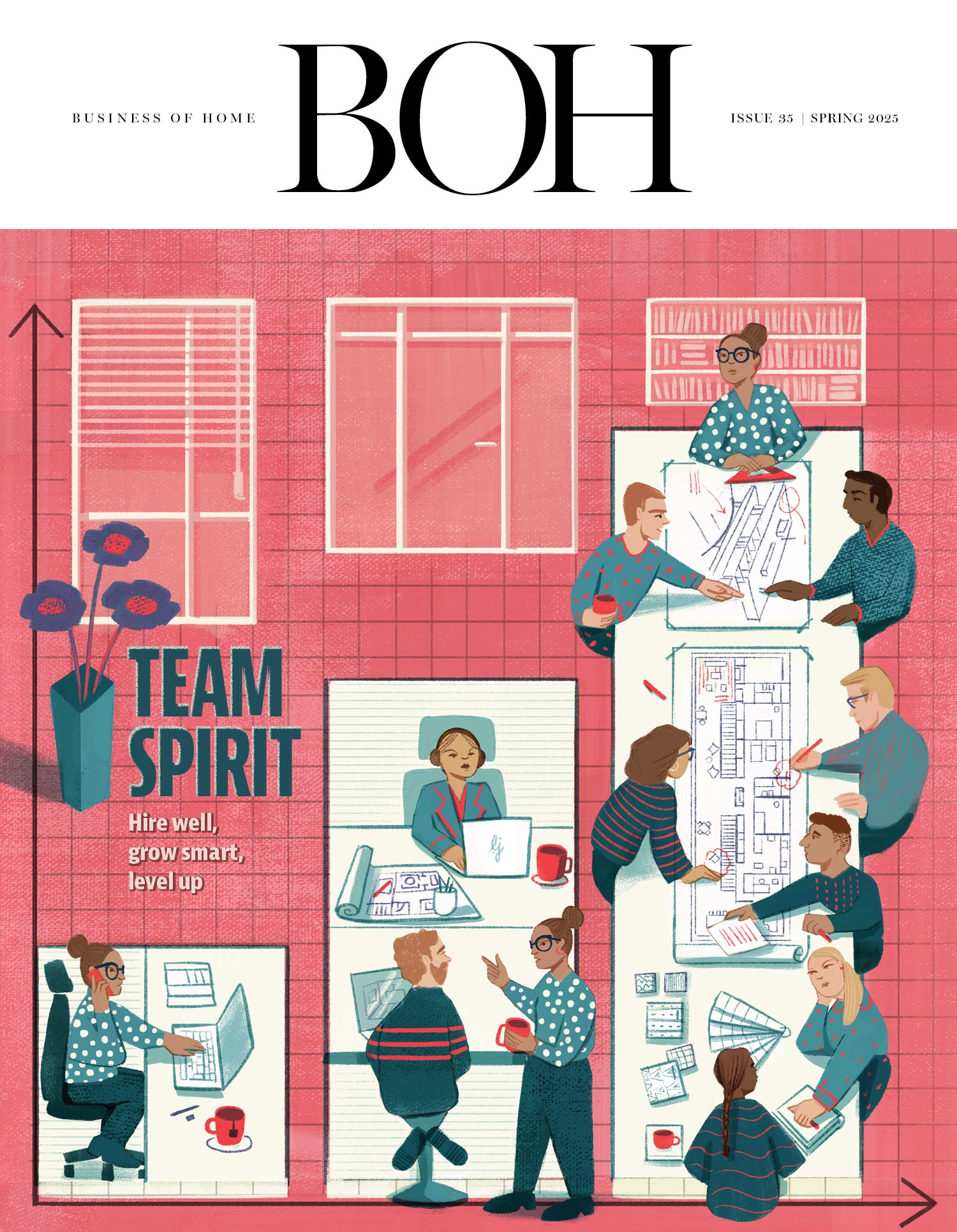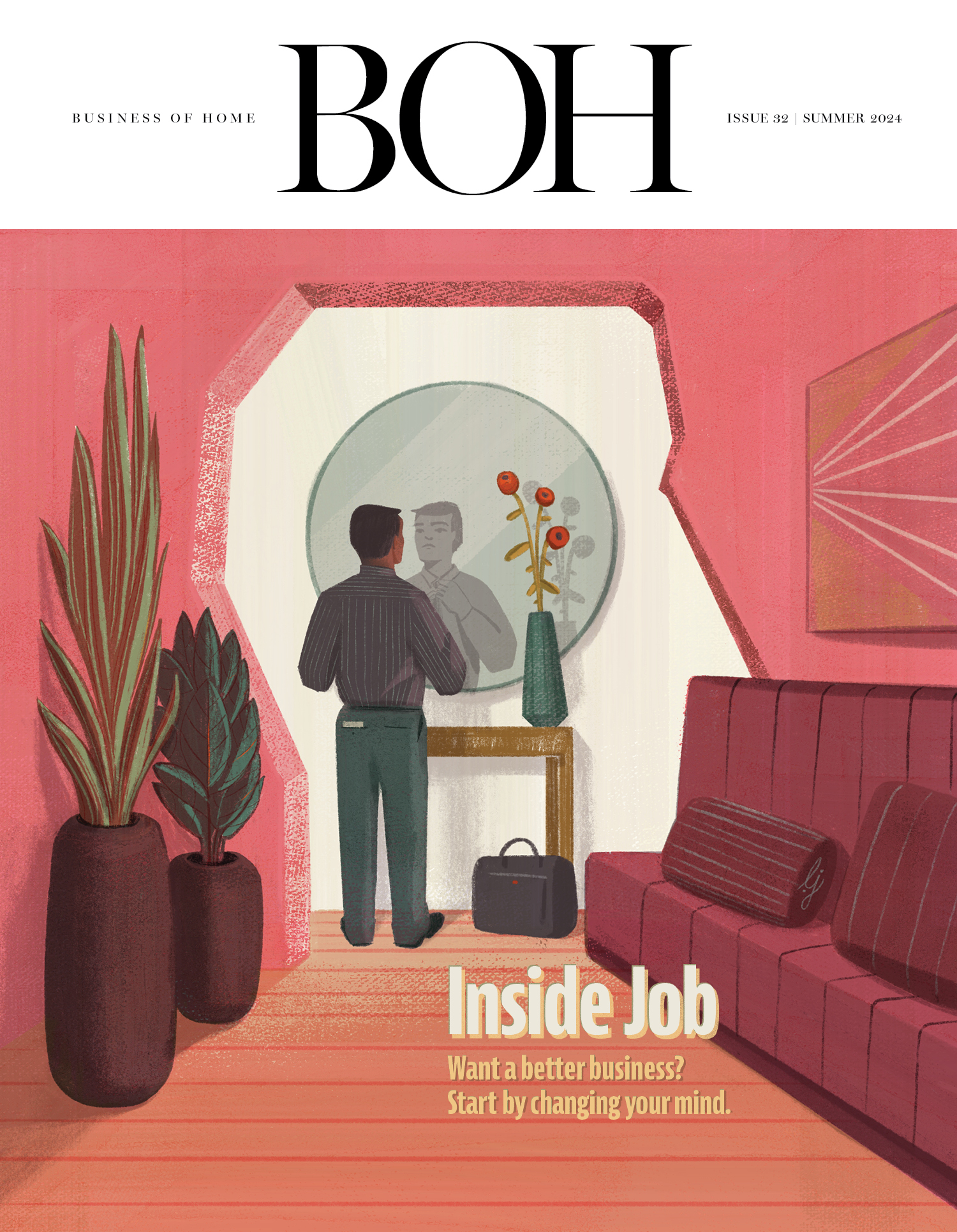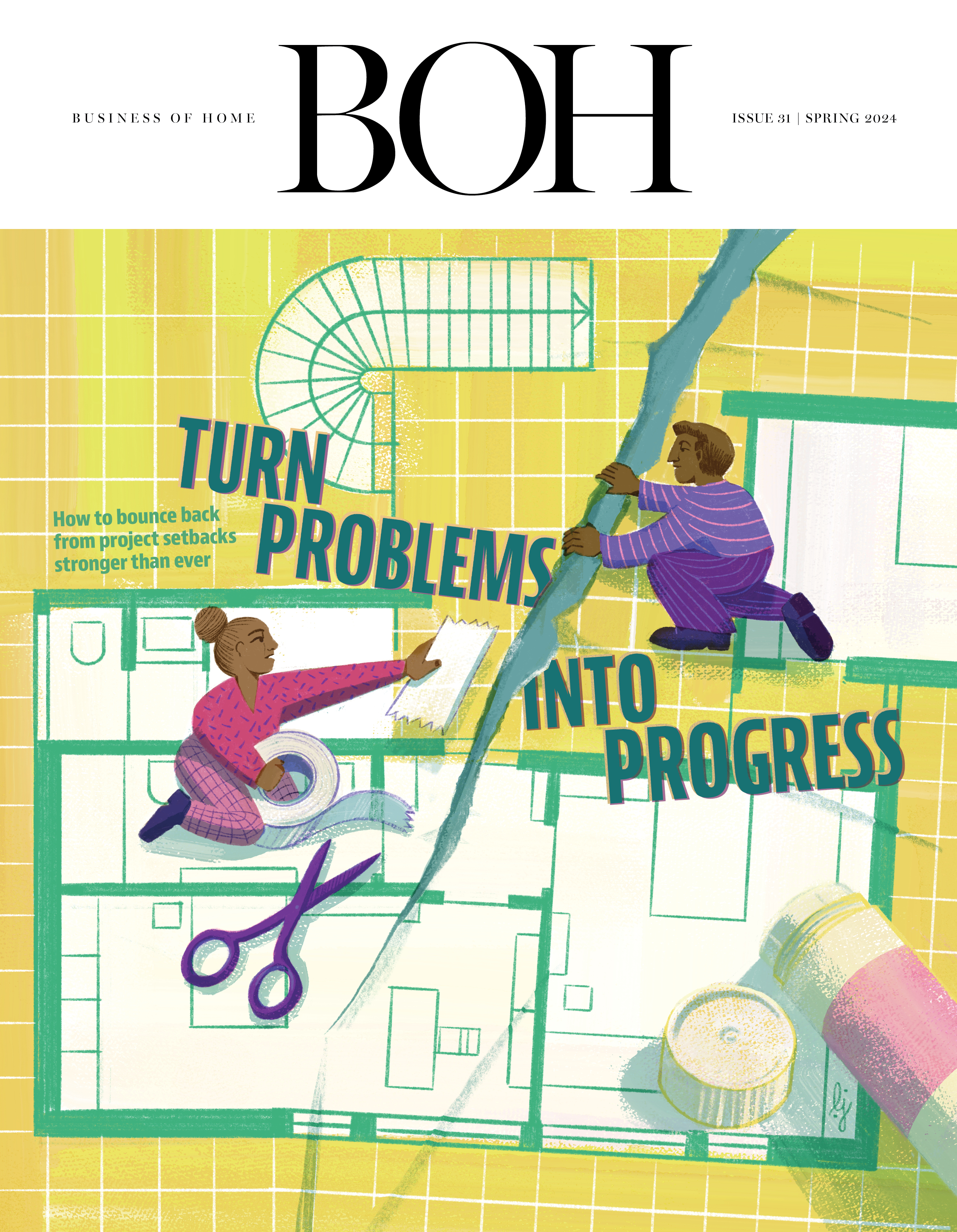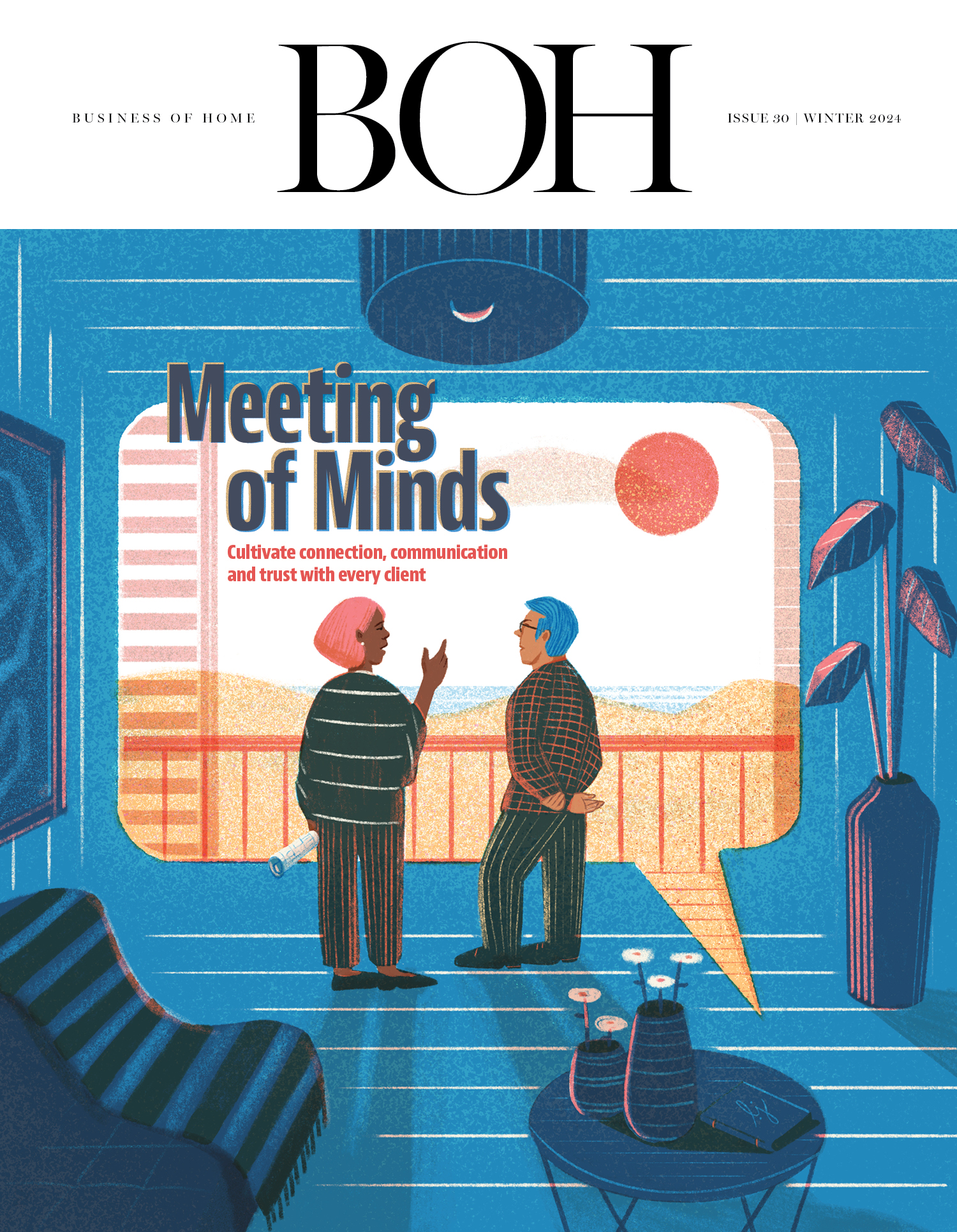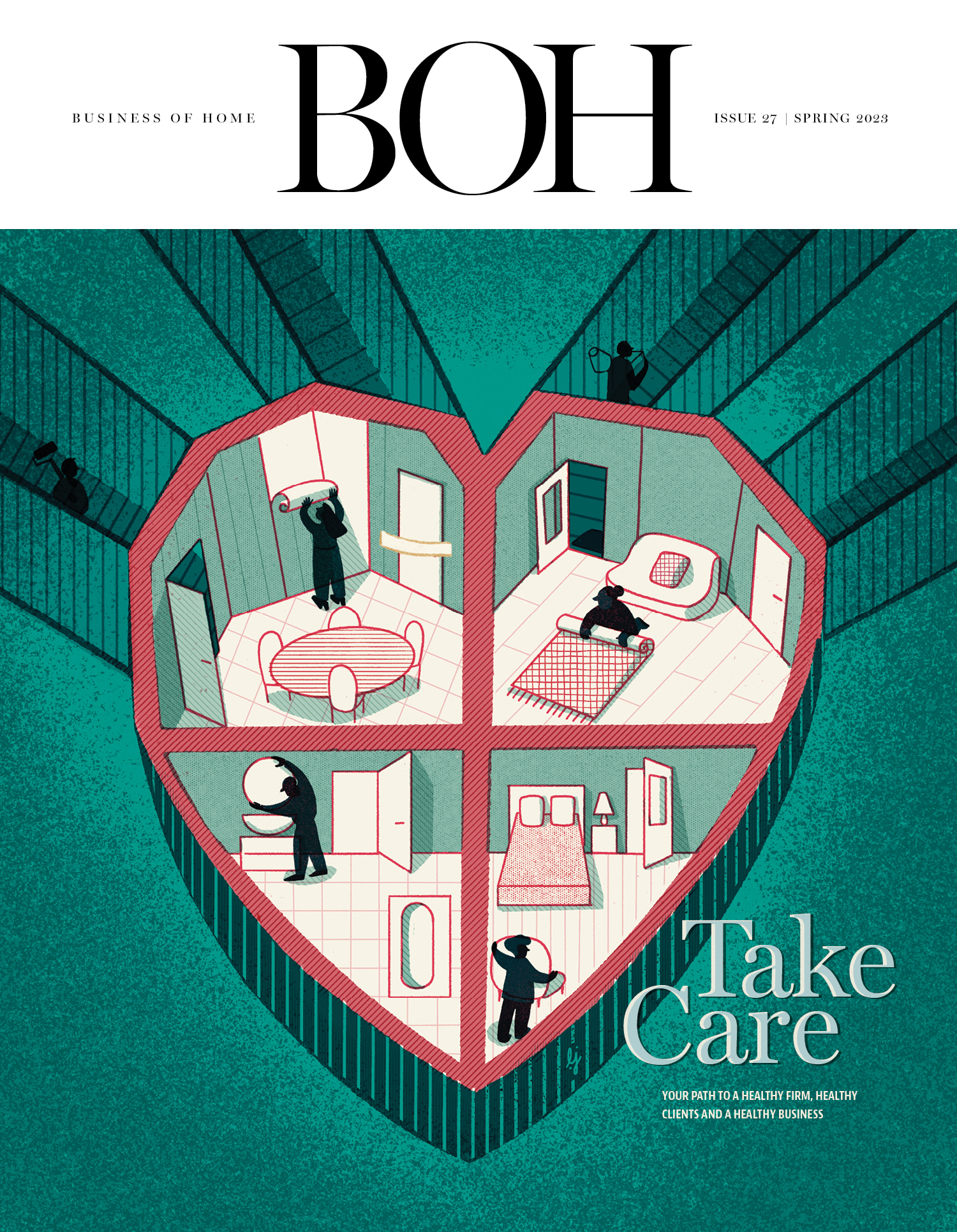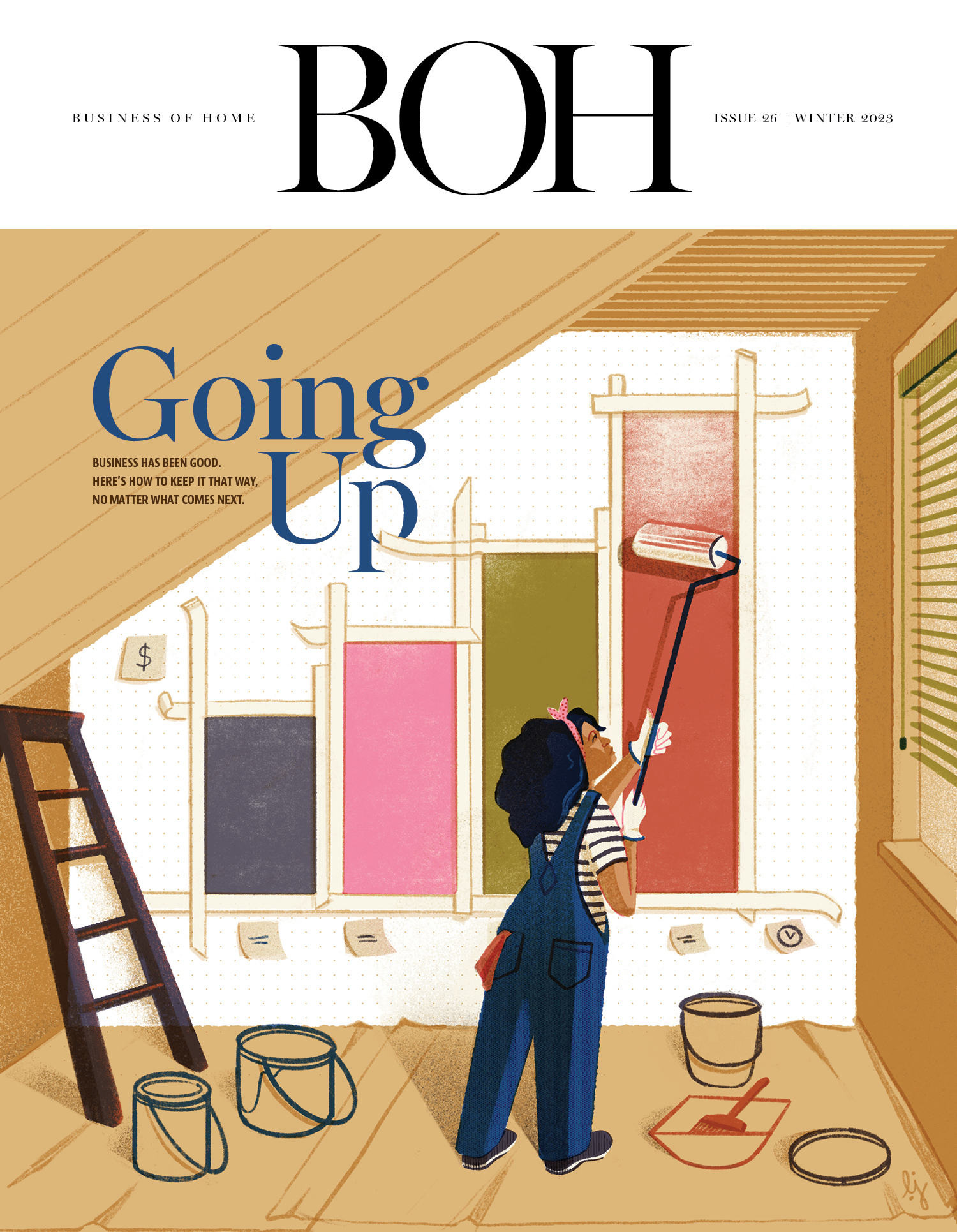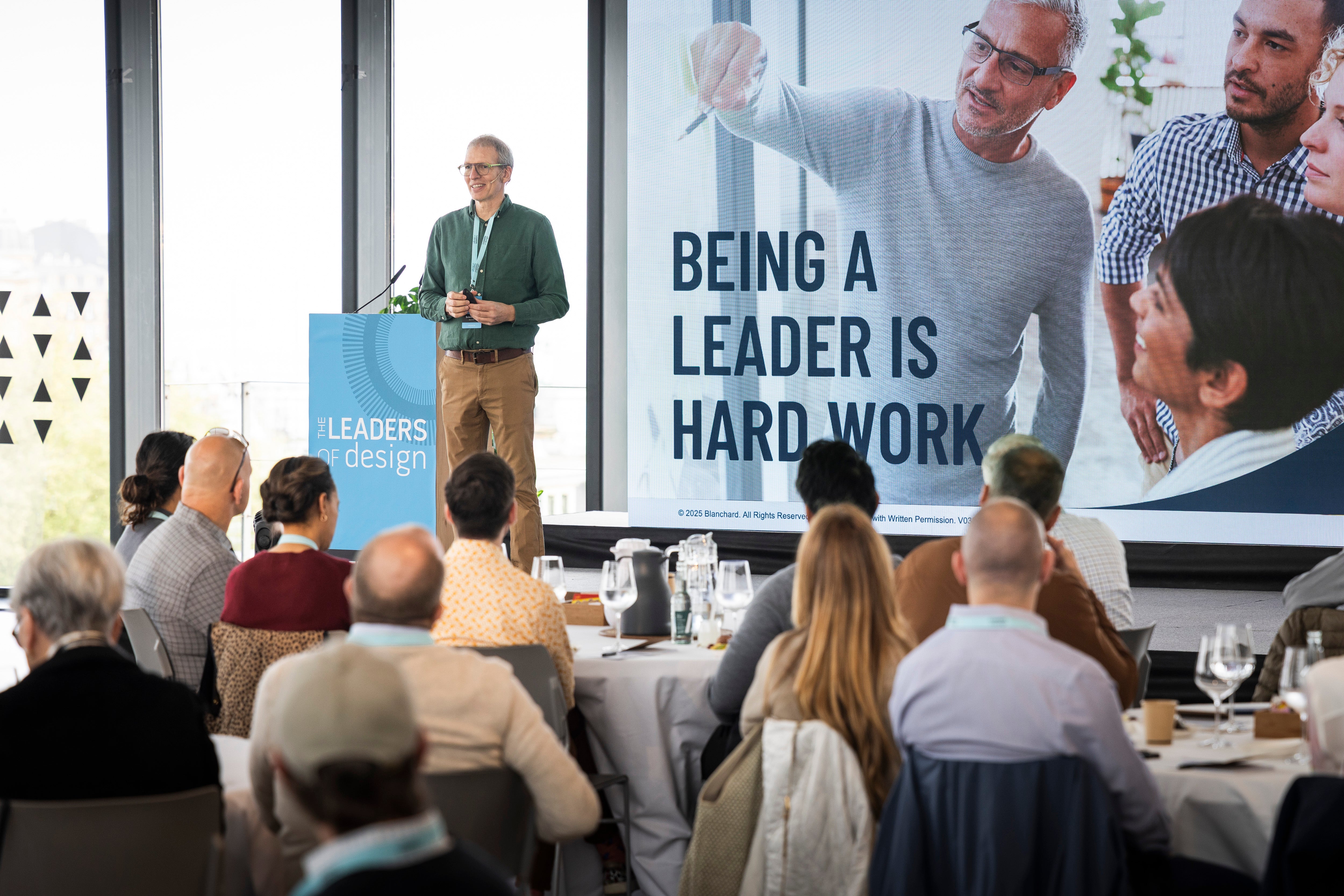In April, more than 70 design firm principals from across the U.S. gathered in San Sebastián, Spain, for the annual Leaders of Design Conference. To kick off the event’s leadership session, consultant Bülent Levi asked the group to name the most challenging aspects of running their businesses. The answer, shouted from several corners of a sunlight-filled meeting room at the historic Hotel Maria Cristina, was unanimous: “The people.”
As most design principals know, keeping a team engaged and motivated isn’t just something that happens—it’s hard work. It’s also largely undefined, without a clear formula or one-size-fits-all approach. But Levi’s guidance at the conference got close, offering a refreshing dose of clarity.
Each year, the Leaders of Design’s members gather in a far-flung locale for several days of programming meant to inspire their work creatively, strategically and operationally. This year, the group assembled in Spain for architectural walking tours of historic San Sebastián, a private tour of the Guggenheim Museum in nearby Bilbao and immersive dining experiences throughout the region. Amid the feast of inspiration, a day of leadership-focused programming with Levi created an environment for small-group conversations about pressing business challenges.
Levi works for leadership development training firm Blanchard, and his session presented the company’s research on organizational vitality—in essence, how to foster what they call “employee work passion,” a combination of factors that leads to the resilience, health and sustainability of a business. The framework offers a fresh approach to the challenge of managing “the people” within a firm.
According to Blanchard research, there are 12 factors that have an influence on employee work passion. When all of them are present, it leads to a sense of well-being among team members that turns into five desirable outcomes: passion for their job, passion for the company, a propensity to go above and beyond, intent to stay with the company and a willingness to recommend the company to others.
“One of the things that the research says is that all 12 factors must be perceived positively by the person to end up with those five intentions,” noted Levi. “It's not like, ‘Oh, well, I give you a lot of autonomy; the rest is not there, but deal with it.’ No. It doesn't matter whether it is three people or 300 people [in the] organization—all factors have to be present.”
Levi also reminded the group that creating environments where all 12 factors are present isn’t just about what’s good for the team—it’s also smart business. “People can work without these intentions, but the outcome will be very different,” he explained. “If they have a sense of well-being, they have these intentions. Intentions turn into behaviors, and behaviors turn into results.”
Ready to see where you stand? Here’s a breakdown of the 12 factors that lead to employee work passion, according to Levi.
JOB FACTORS
Meaningful work: This is exactly what it sounds like—a sense that the daily tasks that comprise a role add bigger-picture value. “We all want to have a feeling that we are contributing to something meaningful, not just doing some useless task,” said Levi. To get there, you don’t necessarily have to overhaul a job; you may just need to do more to show team members how their day-to-day tasks contribute to broader goals.
Autonomy: This factor taps into a basic human need for choice, even if those choices exist within clearly established boundaries. “Autonomy doesn't mean that we need total freedom,” he said. “It means the feeling of having some choice, even if it’s within some limited space.” Levi encouraged principals to provide direction, especially when employees are learning, but to work toward providing some space for independent decision-making and task management. (Micromanagers, take note!)
Task variety: Levi cautioned against sticking valued team members in roles where they do the same limited tasks, day in and day out. Each day or week might not be able to provide this variety, but principals should work to foster some variability within the contours of an overall role.
Workload balance: Design and architecture firms are notorious for periods where heavy workloads are essential—just make sure that doesn’t become the norm. “[Having workload balance] doesn’t mean that people don’t want to work hard,” Levi reminded the conference’s attendees. “It means that it’s not always skewed toward heavy-burnout workloads.”
ORGANIZATIONAL FACTORS
Performance expectations: Does your team really know what’s expected of them? A designer attendee gave an example of a curtain installation gone wrong—a misalignment between the principal’s expectations and the employee’s execution. “If it wasn’t clear how long the curtains had to be, people will feel that they are not being treated fairly [when they receive negative feedback]—that you are holding them accountable for some performance standards that were not clearly established in the beginning,” said Levi, encouraging the audience to explore the gaps between what they feel is obvious and what has been documented as a company standard for their employees.
Opportunities for growth: Levi noted that having an answer for an employee’s desire to grow professionally is an essential ingredient of an engaged team member. If they don’t see pathways to that growth, they will ultimately be forced to look elsewhere.
Procedural justice: At stake here is an employee’s perception of fairness, as a whole, within the organization’s procedures and processes. For this factor to be met, for example, the employee must feel that there is no favoritism when it comes to task assignments.
Distributive justice: This is another measure of perceived fairness but focused more on rewards and recognition. Questions to ask here include whether team members feel that praise, promotions, bonuses and raises are being distributed in a just way.
RELATIONSHIP FACTORS
Connection to colleagues: A siloed workforce can ultimately be stifling for team members. Creating opportunities for employees to interact with one another—whether socially or professionally—is key to long-term success.
Connection to leadership: It’s just as essential to create opportunities for employees to interact with leadership. Having direct access for both personal relationships and as a professional resource is valuable to team members.
Collaboration: Much like connection, collaboration is a meaningful element of an employee’s satisfaction. Levi encouraged designers to think about this broadly—this collaboration could be with colleagues, with the principal, with vendors or with clients.
Feedback: No one likes criticism. But Levi pointed out that constructive feedback, both positive and negative, is essential. That feedback, he noted, should be “fair and timely,” and he likened giving feedback to telling someone that they have something in their teeth: An action plan can come later, but in-the-moment feedback will be most successful if you stick to the facts.




